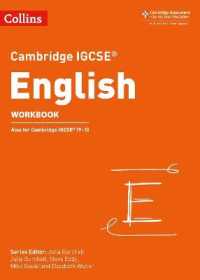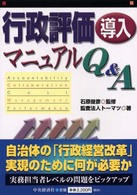Full Description
ThinkER equips emergency medicine residents with the tools they need to succeed where it matters most-at the bedside. Interactive and practical, the book is structured in two parts: the first section imparts the essential skills needed to excel in the Emergency Department, while the second section provides immersive case-based learning. Through realistic scenarios, readers are challenged to think critically, communicate clearly, and document effectively, with examples provided for review. The book trains readers in the cognitive framework unique to emergency care, where uncertainty, urgency, and limited information are commonplace. It also delves into the 'hidden curriculum' of Emergency Medicine: how to deliver bad news, collaborate with consultants, manage difficult nurses, and avoid communication breakdowns that lead to burnout. Helping to build the mindset and communication skills that distinguish great physicians early in their careers, this book is ideal for first-year residents, EMPA students, and medical students.
Contents
Introduction; The art and science of effective communication in the emergency department; maximizing your use of this book; Section 1. Didactics: 1. ED Eloquence: delivering effective oral presentations in the emergency department; 2: Charting confidence: writing effective notes in the emergency department; 3. Navigating the storm: delivering bad news in the emergency department; 4. Navigating Relationships: Building Effective Partnerships with Consultants and Nursing Staff During Challenging Situations; 5. Calming the chaos: managing the agitated patient; 6. Residue: navigating threshold moments and processing their impact; Section 2. The Cases: 1. A 22-year-old woman with chest pain; 2. A 32-year-old woman with chest pain; 3. A 9-year-old boy with abdominal pain; 4. A 45-year-old man with low back pain; 5. 9-month-old female who swallowed mommy's ring; 6. 19-year-old woman with vaginal bleeding; 7. A 21-year-old man with syncope; 8. A 25 day old with fever; 9. Nurse concerns about procedure; 10. A 64-year-old man with a snakebite; 11. A 19-year-old woman with bilateral leg weakness; 12. A 44-year-old woman with abdominal pain; 13. A 27-year-old male with eye pain; 14. A 37-year-old male with nausea and vomiting; 15. A 9-year-old female with weakness; 16. A 54-year-old female with dizziness; 17. A 56-year-old male with facial droop; 18. A 68-year-old female with epigastric pain; 19. 23-year-old female with a headache; 20. Consultant conflict; 21. A 59-year-old female with fatigue and dark stools; 22. Delivering bad news; 23. A 45-year-old male with new onset Palpitations; 24. Termination of resuscitation; 25. Talking with family members of the deceased patient; 26. 9-year-old female with difficulty breathing; 27. 50-year-old female with abdominal pain and fever; 28. 60-year-old male after a fall; 29. 22-year-old female with fever; 30. 72-year-old female with shortness of breath; 31. 22-Year-Old Female with Suicidal Ideation; Index.





